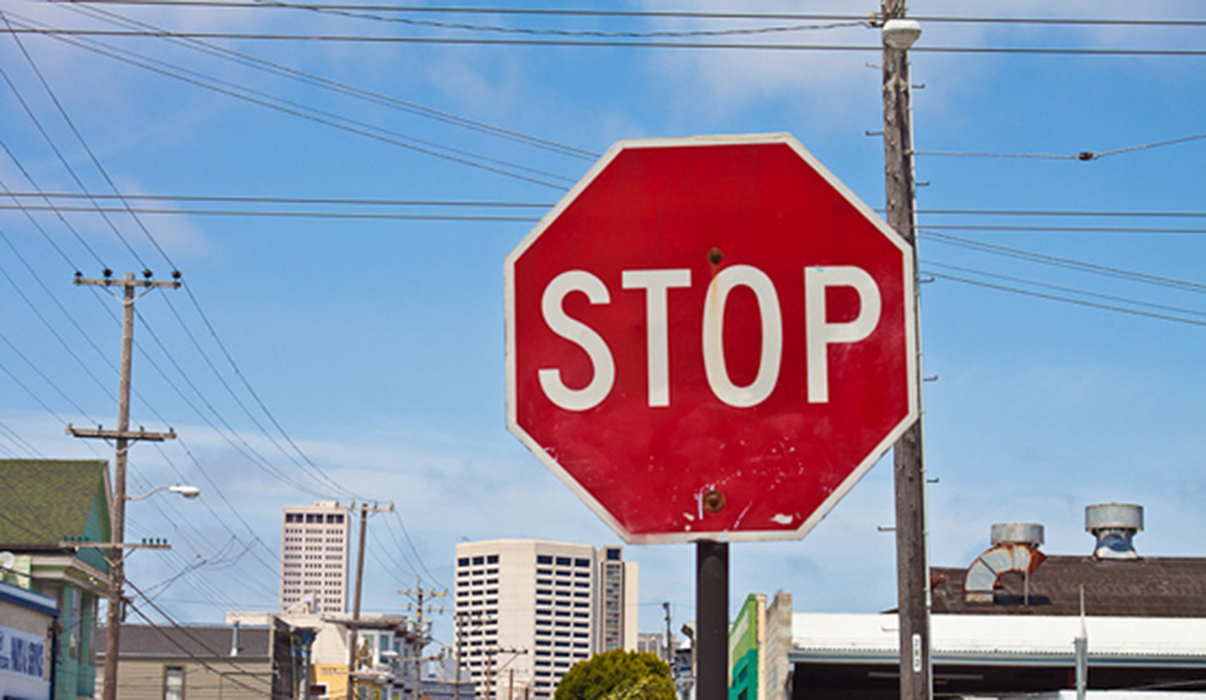SAN FRANCISCO—An engineering study by the Port of San Francisco released on Friday, September 18, provides new information on the Embarcadero Seawall’s susceptibility to earthquakes and flooding. The 82-page report includes detailed renditions and predictions of damage that might occur if the seawall goes without seismic upgrades and an adaptive approach to sea level rise due to climate change.
The study, recounted by the San Francisco Chronicle, found that a major earthquake could weaken the aged seawall, which was built over 100 years ago, and liquefy some of the landfill behind it; causing damage to underground utilities, the Embarcadero, and surrounding piers. The study referenced a U.S. Geological Survey which estimates a 72 percent chance of a major earthquake happening between now and 2043.
Susceptible areas were identified through soil samples obtained by engineers. Led by the firms CH2M and Arcadis, consultant teams drilled as deep as 215 feet and inspected soil samples visually or sent them to labs. Ninety borings were inspected, made by pushing small cones into the seawall’s surface. Soils south of the Bay Bridge to the end of the seawall at Mission Creek were found to be more stable than expected, where the landfill lays on firm sand and bedrock relatively close to the surface. Soil in the Ferry Building area contained bedrock as much as 240 feet below the water level layered with young bay mud, indicating destabilized seawall from Folsom Street to nearly Broadway. Loose sand was found below landfill between Jefferson Street and Pier 45, creating a potential for “roller skating,” defined by the study as a state in which wharves and the structures atop them would move back and forth.
The Embarcadero was previously impacted by the Loma Prieta earthquake on October 17, 1989. The magnitude 6.9 earthquake was located 60 miles away from the seawall and damaged portions of the seawall, while causing liquefaction along the Embarcadero roadway. The study states “A temblor similar to Loma Prieta, but with an epicenter only 10 miles away instead of 60 miles as was the case then, could be enough to destabilize the waterfront.” The extent of damage would affect utility and transit lines that serve the whole city.
The Embarcadero Promenade is known to flood intermittently, requiring sidewalk and lane closures. The study states that sea level rise will bring flooding risks to more areas including “the BART Transbay Tube, Muni light rail, key utility infrastructure, and waterfront businesses and neighborhoods.” Two feet of sea level rise could occur by 2050, which would cause water to reach downtown blocks and pose a flooding threat to the Muni Metro during a major storm. A sooner prediction indicates there is a chance that, in 15 years or later, the combination of an extreme storm and 1.1 feet of sea level rise could flood Market Street.
In November 2018, San Francisco voters passed a $425 million General Obligation Bond with 82 percent of the vote. This study’s findings will be used to prepare a list of recommended projects to repair the most vulnerable parts of the seawall, which is currently made of a crude dike of rocks topped by concrete, stretching three miles from Mission Creek to Pier 45.
According to the Waterfront Resiliency Program’s website, which also included research from the study, “The port is currently pursuing local, state, and private funding sources to fully fund infrastructure improvements anticipated to cost up to $5 billion.” The study will be presented to the city’s Port Commission on Tuesday, September 22. A set of recommended projects for the first round of upgrades would be prepared this winter.
The Seawall Program Action Plan, part of the Port’s Waterfront Resilience Program, is currently in the planning phase, which will extend to 2021, when the design phase will start, followed by construction in 2024.




